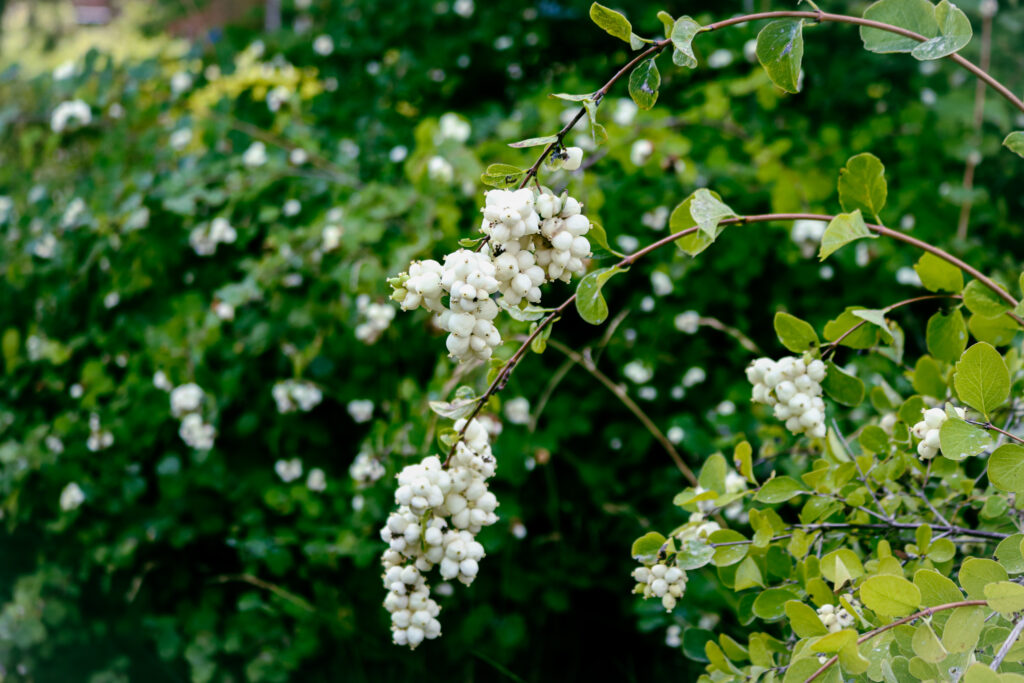When arriving on campus in the early mornings, VanCougs may notice the honeysuckle along the winding roads or clusters of snowberries growing along the sidewalks by the student commons. While these native plants certainly add to the pleasurable landscapes of WSU Vancouver, student and faculty biologists also note their purpose of protecting wildlife, settling around the university.
According to John Bishop, professor of ecology and evolutionary biology, landscaping plays a major role in maintaining the health of animal populations. Not only are native plants more likely to sustain their livelihood due to adjusting to local climates, but they are also vital in providing habitats for local animals and insects.
“If we want to help sustain the populations of native birds, insects and other animals, we cannot just plant non-native plants. In a sense, that’s just fake greenness. It looks green, but it’s not green in the sense that you’re supporting nature,” Bishop said.
Although sometimes beneficial to the environment, non-native species are typically decorative, planted to fill in the gaps to create scenery design. Bishop notes that the number of birds in North America has decreased by 50% in the last 40 years. When evaluating the benefits toward preserving the survivability of various bird species on campus, Bishop recommends using native plants in landscaping as one way to sustain local habitats and food sources for those populations. Such plants like cottonwoods, mock oranges and firs can be used to substitute non-native species in landscaping, according to Bishop.

(Arabelle May/The VanCougar)
Anthony Thorn, senior majoring in biology, also explains how implementing native plants within landscaping maximizes the potential survival of an area and reduces habitat fragmentation. He stresses the campus should take care of the environmental habitat around them, approaching it as a team effort.
“The way that we use landscapes says a lot about our mentality. Sometimes you’ll see a park or a campus with a lot of nonnative plants that look good together and create a pretty landscape, which is fine. … [However,] it’s certainly to a lesser extent than native plants,” Thorn explained. “The nonnative garden plants haven’t evolved alongside native animals. They aren’t able to necessarily meet the needs of the local environment in the same way. Using native plants is [a way of] viewing the land not just as a place that we happen to be, but a place that we are a part of.”
For students who are interested in restoration and conservation, Thorn recommends volunteering for local nonprofits and watershed councils to get involved. Additionally, Bishop says engaging with activities on Arbor Day and Earth Day can also help spread awareness of the importance of environmental health.
However, one of the most important things you can do, according to Thorn, is to stop, rest and appreciate your place in the overarching global ecosystem.
“I think stopping and resting and noticing for a moment [is important],” Thorn said. “A big part of science is just noticing and observing [nature] as an essential part of seeing yourself not just as an individual, but an individual piece in the larger ecosystem.”

Arabelle is a senior studying English at WSU Vancouver.
